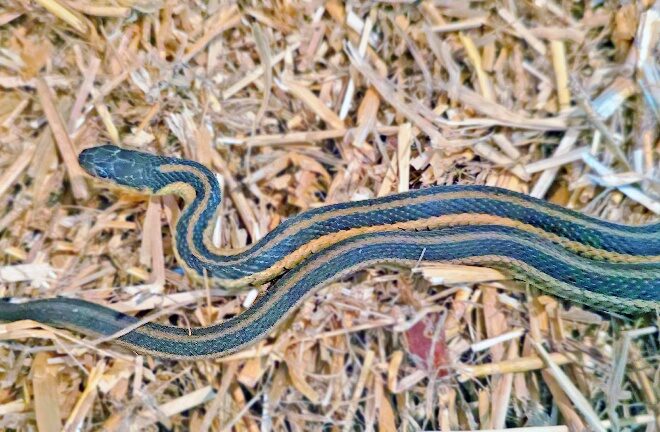Moth or hummingbird? The clearwing hummingbird moth may fool us
by Rose Collison
At first sight, it is easy to mistake a hummingbird moth for a tiny hummingbird. It may catch your eye as it hovers close to a flower with its transparent wings beating so fast as to appear nearly invisible. Then its long, beaklike proboscis uncoils like a spring and dips into a nectar-rich blossom.
Also like a hummingbird, this member of the sphinx (Sphingidae) moth family creates a soft buzzing as it flies. Its heavy body is spherical like its doppelganger, and its long front wings are clear with black or brown borders. Males have a flared “tail” like a hovering hummingbird.
Size accounts for the most obvious difference between birds and these moths. Ruby-throated hummingbirds reach 3 inches in length. But hummingbird moths are much shorter at 1½ inches.
There are two species of hummingbird moth, but the clearwing is by far the most common and recognizable due to its olive back, red-brown abdomen, and pale legs. The snowberry clearwing, usually yellow and black with black legs, also has a black line running through its eyes and down its sides. While most sphinx moths fly at night, hummingbird moths are daytime feeders.







